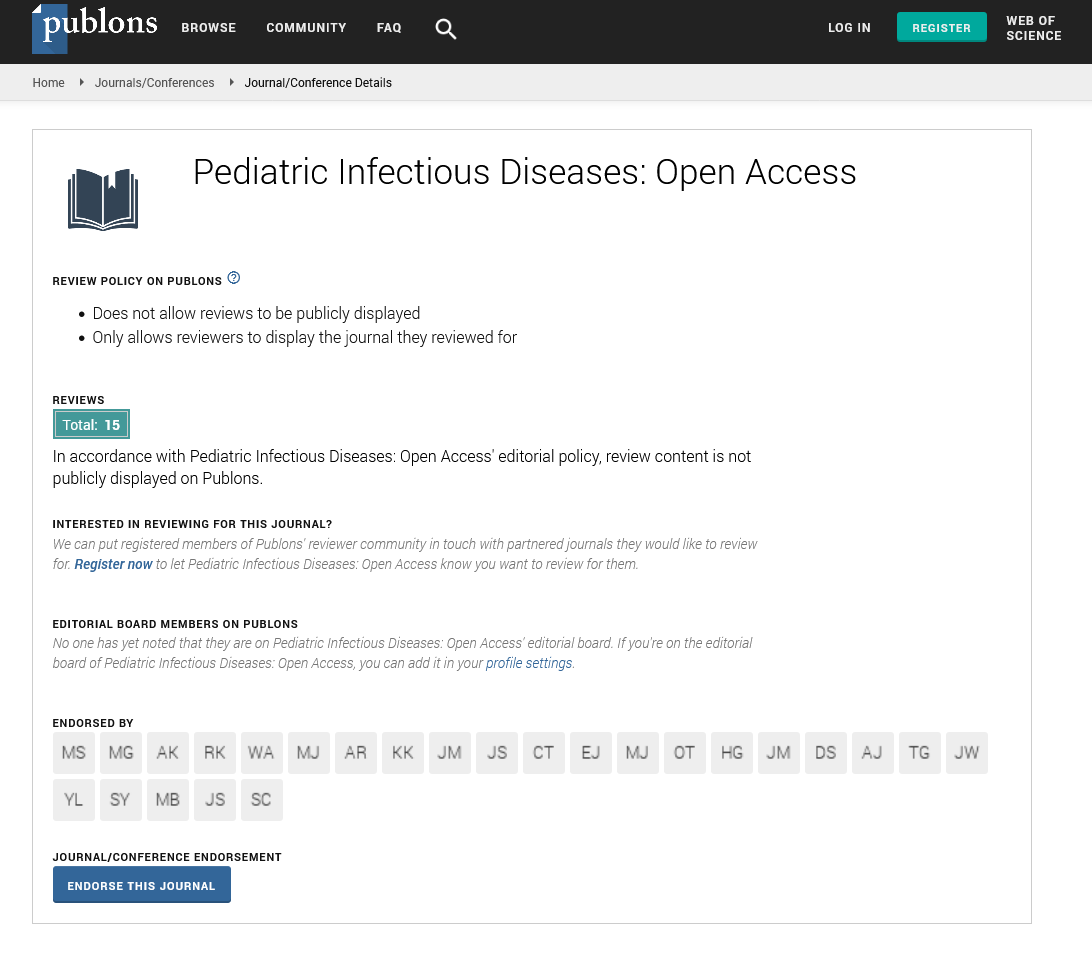Abstract
Clinical Update on Histoplasmosis
Infection with Histoplasma capsulatum is frequent in areas of the Midwest and Central America, although only a few patients develop symptoms that necessitate medical attention. The amount of conidia inhaled and the function of the host's cellular immune system determine the severity of the sickness. The most common symptom of histoplasmosis is pulmonary infection, which can range from mild pneumonitis to severe acute respiratory distress syndrome. A chronic progressive type of histoplasmosis can develop in people who have emphysema. H. capsulatum is commonly disseminated inside macrophages and becomes symptomatic in patients with cellular immunity deficiencies. Acute, severe, life-threatening sepsis and chronic, slowly advancing illness are both examples of disseminated infection. The use of a Histoplasma assay has substantially increased diagnostic accuracy. For certain kinds of histoplasmosis, serology is still relevant, and culture is the ultimate confirming diagnostic test. Histoplasmosis has traditionally been treated with extended doses of amphotericin B. Amphotericin B is now only used in severe infections and only for a few weeks before being replaced with azole treatment.
Author(s):
James Brown
Abstract | Full-Text | PDF
Share this

Google scholar citation report
Citations : 230
Pediatric Infectious Diseases: Open Access received 230 citations as per google scholar report
Pediatric Infectious Diseases: Open Access peer review process verified at publons
Abstracted/Indexed in
- Google Scholar
- China National Knowledge Infrastructure (CNKI)
- Cosmos IF
- Secret Search Engine Labs
Open Access Journals
- Aquaculture & Veterinary Science
- Chemistry & Chemical Sciences
- Clinical Sciences
- Engineering
- General Science
- Genetics & Molecular Biology
- Health Care & Nursing
- Immunology & Microbiology
- Materials Science
- Mathematics & Physics
- Medical Sciences
- Neurology & Psychiatry
- Oncology & Cancer Science
- Pharmaceutical Sciences


